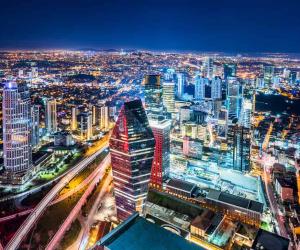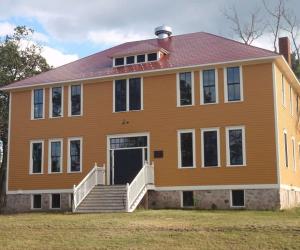Discover the 9 States Considered to Be in the 'Rust Belt'
The once powerful industrial sector began declining in the 1950s due to the outsourcing of manufacturing jobs, including steelmaking, coal mining, and auto manufacturing. Rusting steel stacks dot parts of the Midwest and Northeast, where these industries were once flourishing. The “Rust Belt” is the region within the United States that was impacted the most by deindustrialization, eventually leading to economic decline, urban decay, and population loss. Discover the nine states considered to be in the Rust Belt and learn how the changing industry impacted them.
1. Illinois
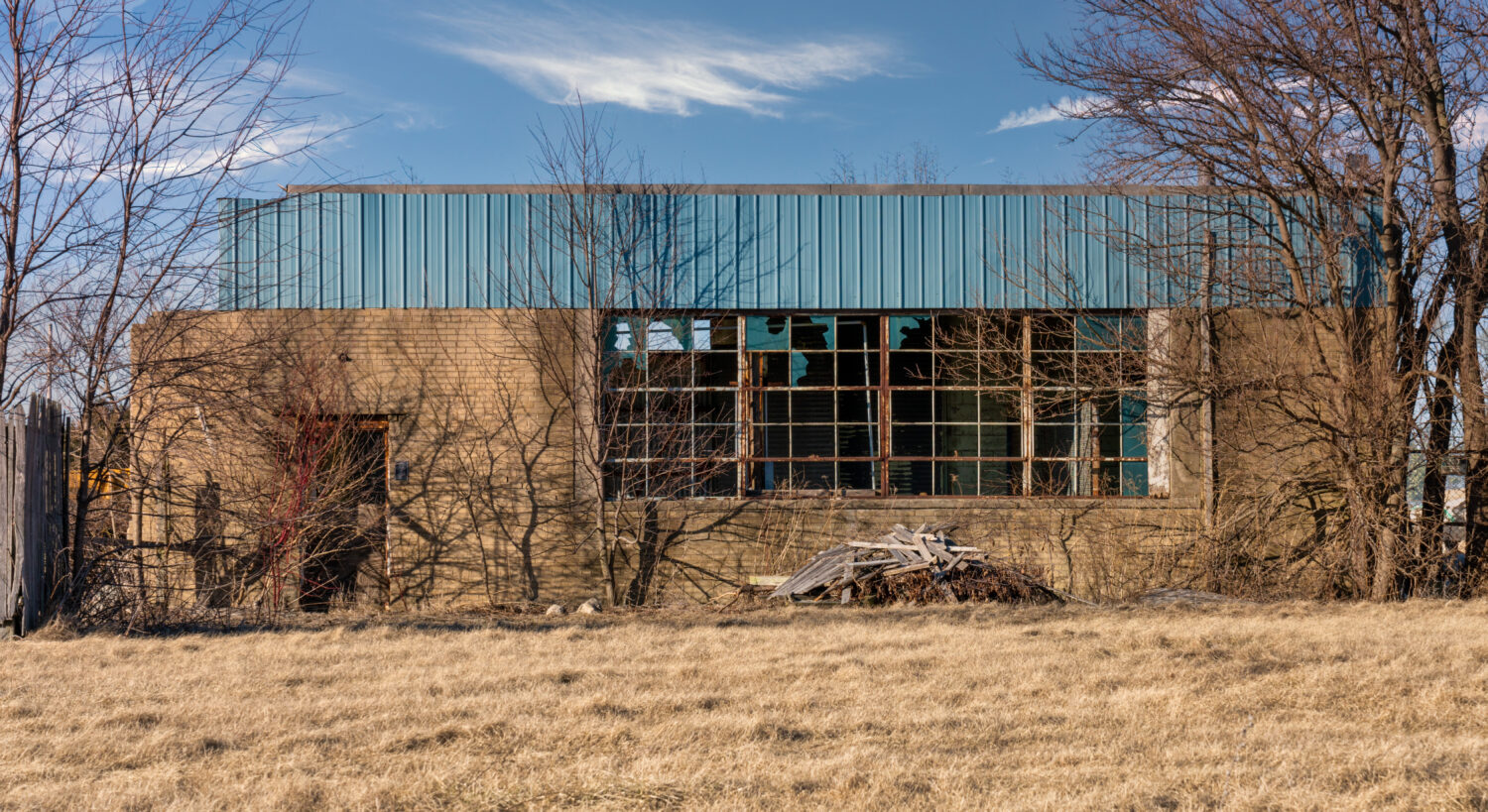
©Kimberly Boyles/Shutterstock.com
Chicago was a major Rust Belt city before its decline in the late 1960s. Tens of thousands of manufacturing jobs were lost as executives closed factory doors and invested in new facilities overseas, in the American South, and in the suburbs. The social costs of deindustrialization were massive. Chicago was an during the Industrial Revolution, often considered the core of the industrialized region. At its peak, Chicago had 3.6 million people in 1950. Today the city contains 2.7 million and is seeking to lose the Rust Belt label by boosting the green economy.
2. Indiana
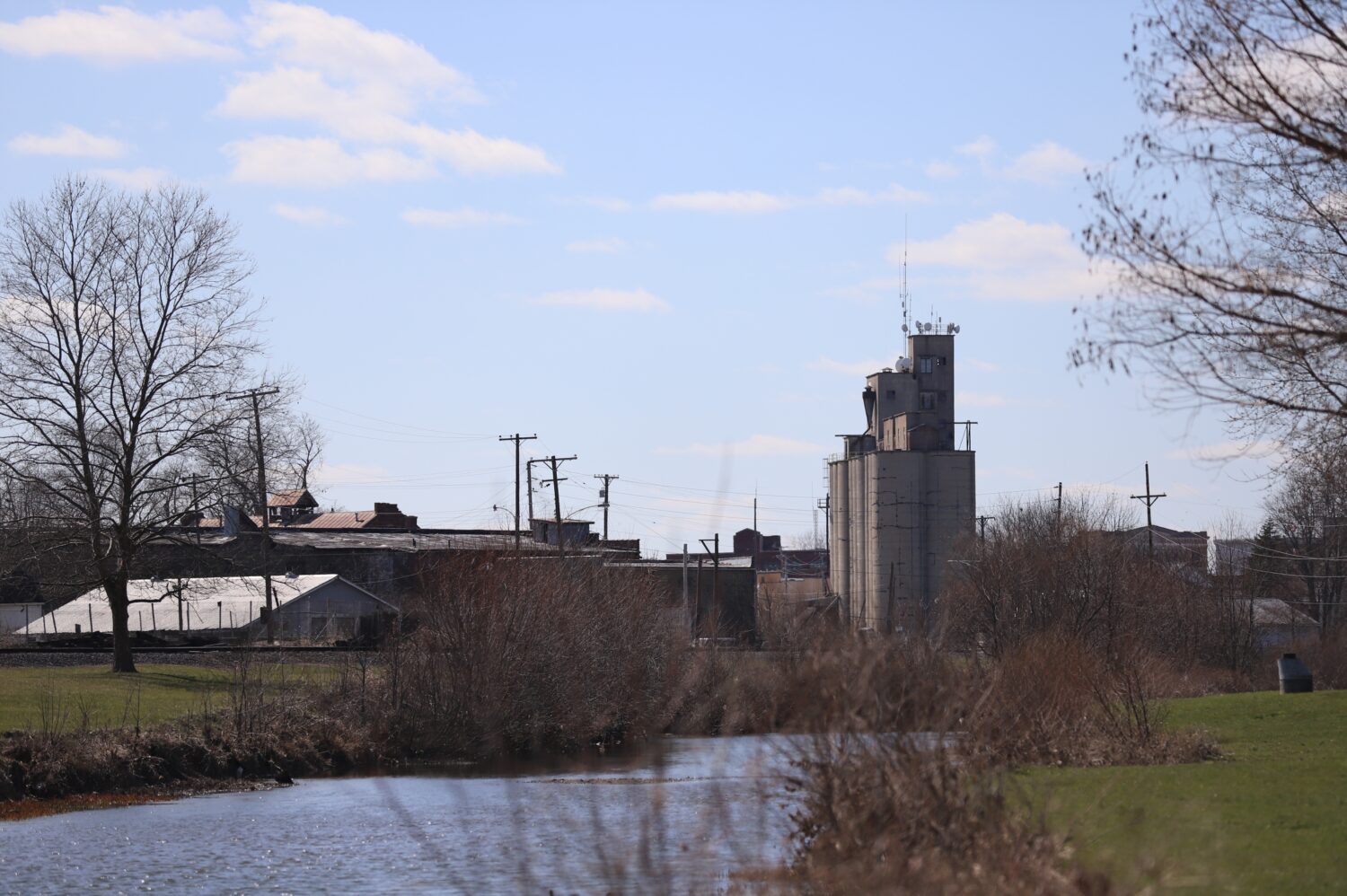
©smartsencere/Shutterstock.com
During the Industrial Revolution, Indiana exploded in growth as people flocked to Gary, Evansville, Fort Wayne, and Indianapolis for factory jobs. Cities like Gary saw prosperity with the growth of the steel industry but saw their peak during the 1960s. Gary had a population of more than 178,000 in 1960, but today it sits around 69,000 people. It is a perfect example of one of the many deindustrialized towns across America.
3. Michigan
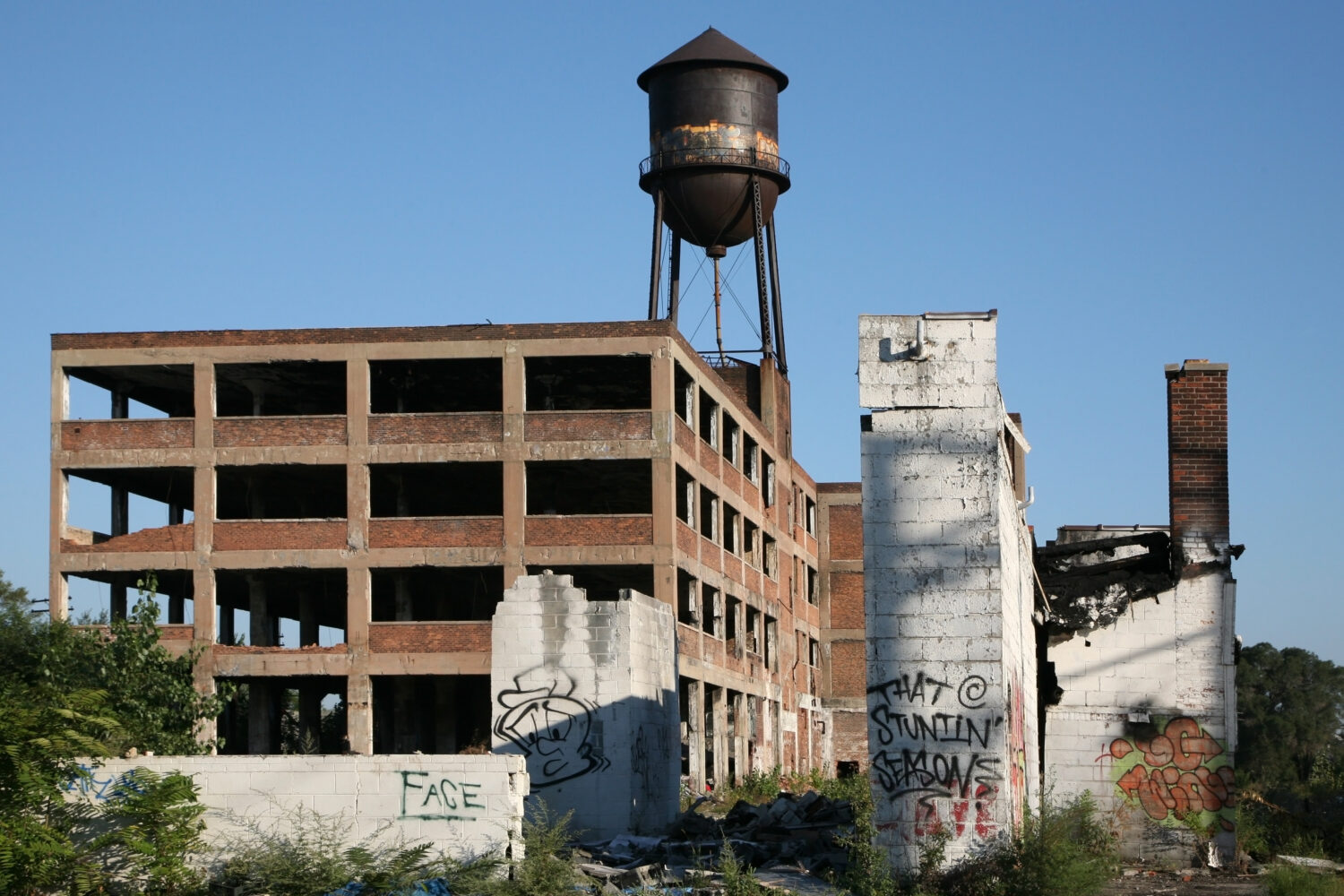
©James R. Martin/Shutterstock.com
The was at the center of heavy industry in the 1890s when it experienced exponential growth after the Civil War, leading to plentiful economic opportunities. Cities like Detroit developed industries, most notably the automobile industry, and shot straight to the top as a global manufacturer. While Detroit saw enormous wealth and prosperity during the early 20th century, with a peaking population in the 1950s, the city made no plans to replace older manufacturing plants, and people eventually lost their jobs and fled. Detroit’s African-American population was hit exceptionally hard, leading to an almost 20% unemployment rate among the demographic’s auto workers.
4. Missouri
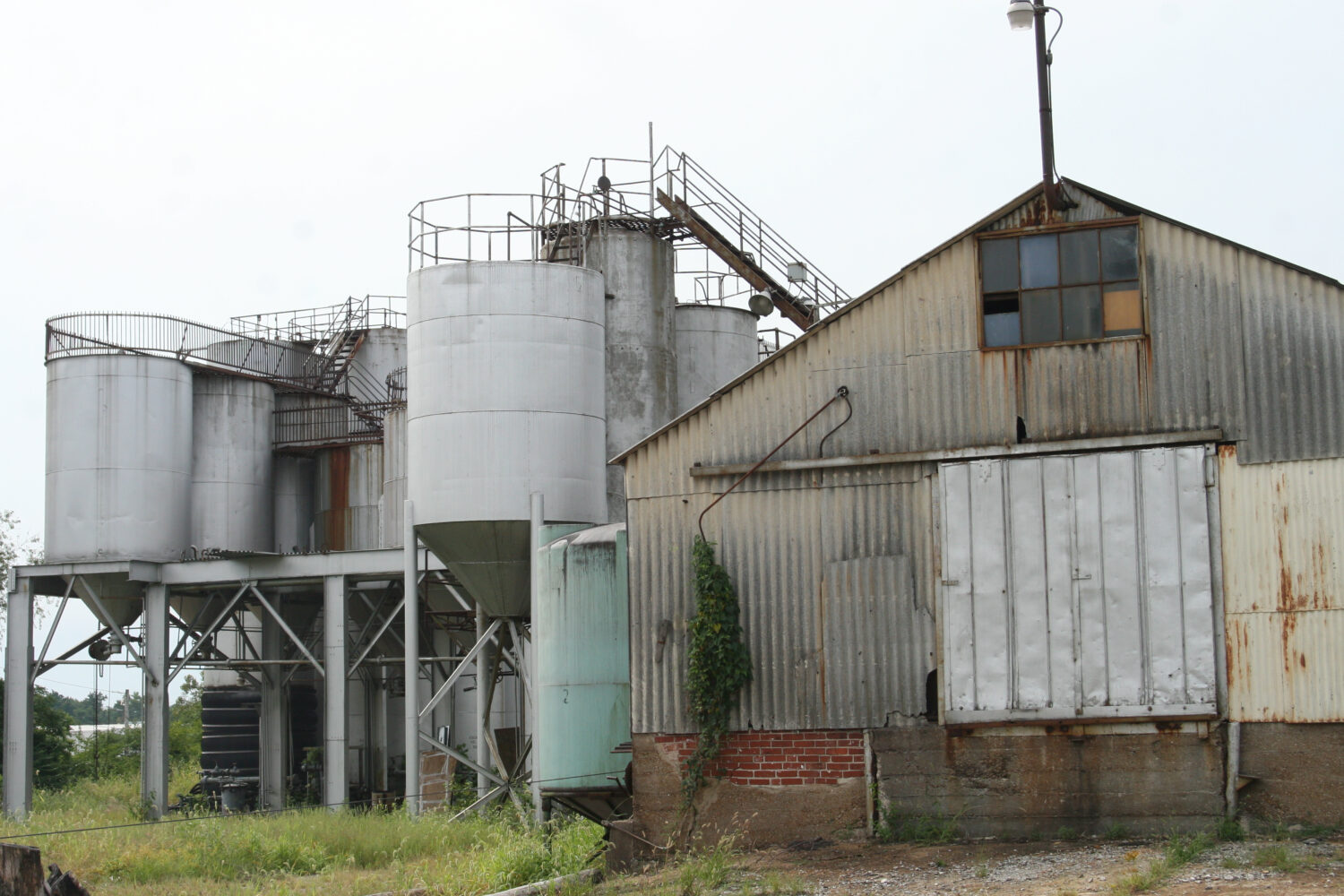
©Highland Productions LLC/Shutterstock.com
Missouri, specifically St. Louis, saw rapid development of transportation, infrastructure, and heavy industry during the Industrial Revolution. By 1900, the city was a major manufacturing hub and continued to grow due to its central location and access to rail and water transportation. The region was hit particularly hard during the Great Depression, leading to a major decline in manufacturing.
5. New York
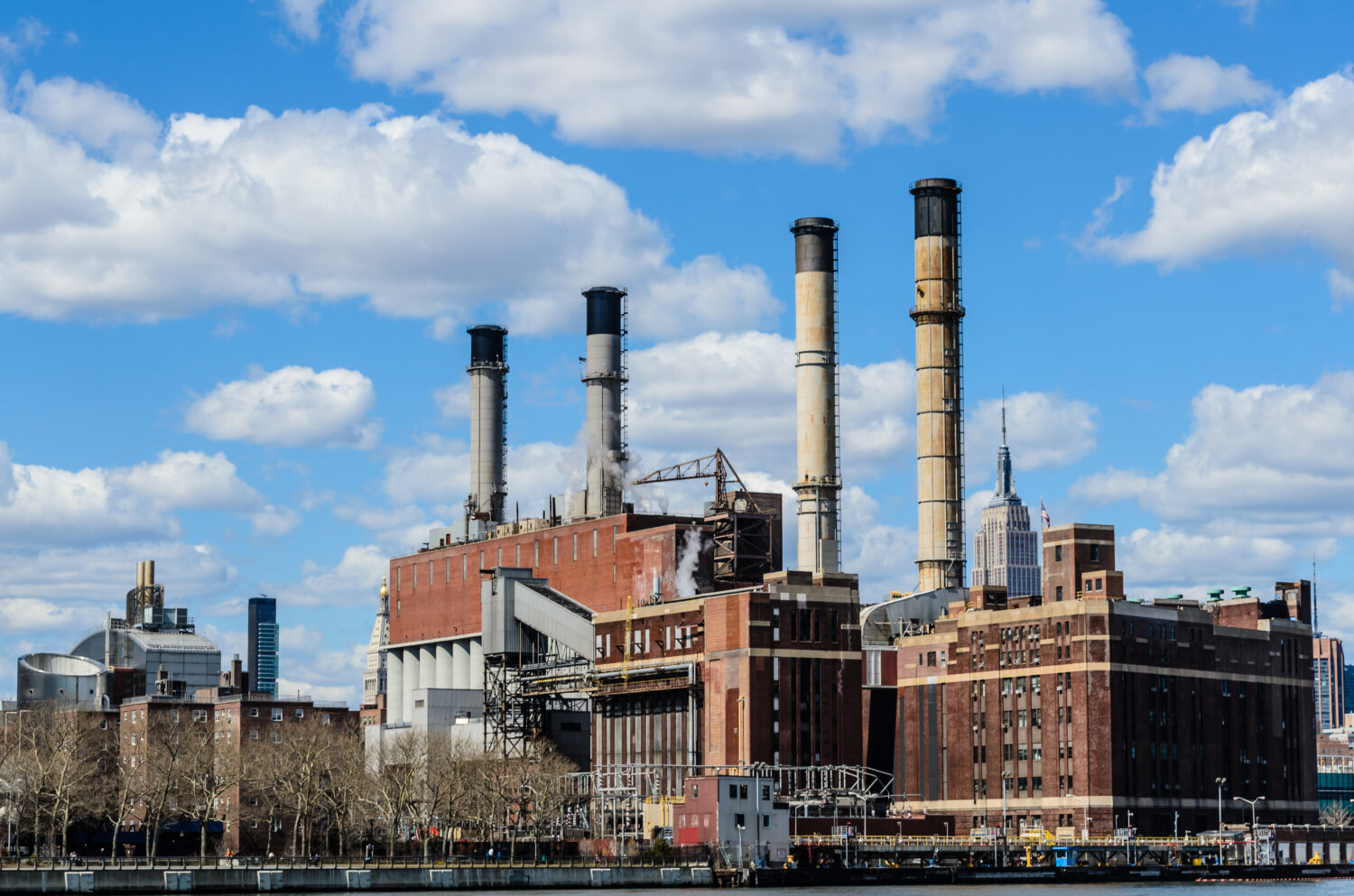
©Helen Filatova/Shutterstock.com
Between 1865 and 1915, New York experienced rapid industrialization. The when the New York Port dominated American shipping and immigration. With the boom of the garment industry, extensive manufacturing jobs, and neverending construction, people had abundant job opportunities. As industry jobs began to decline, people moved to the Sun Belt, and those left in New York transitioned to white-collar and civil service jobs.
6. Ohio
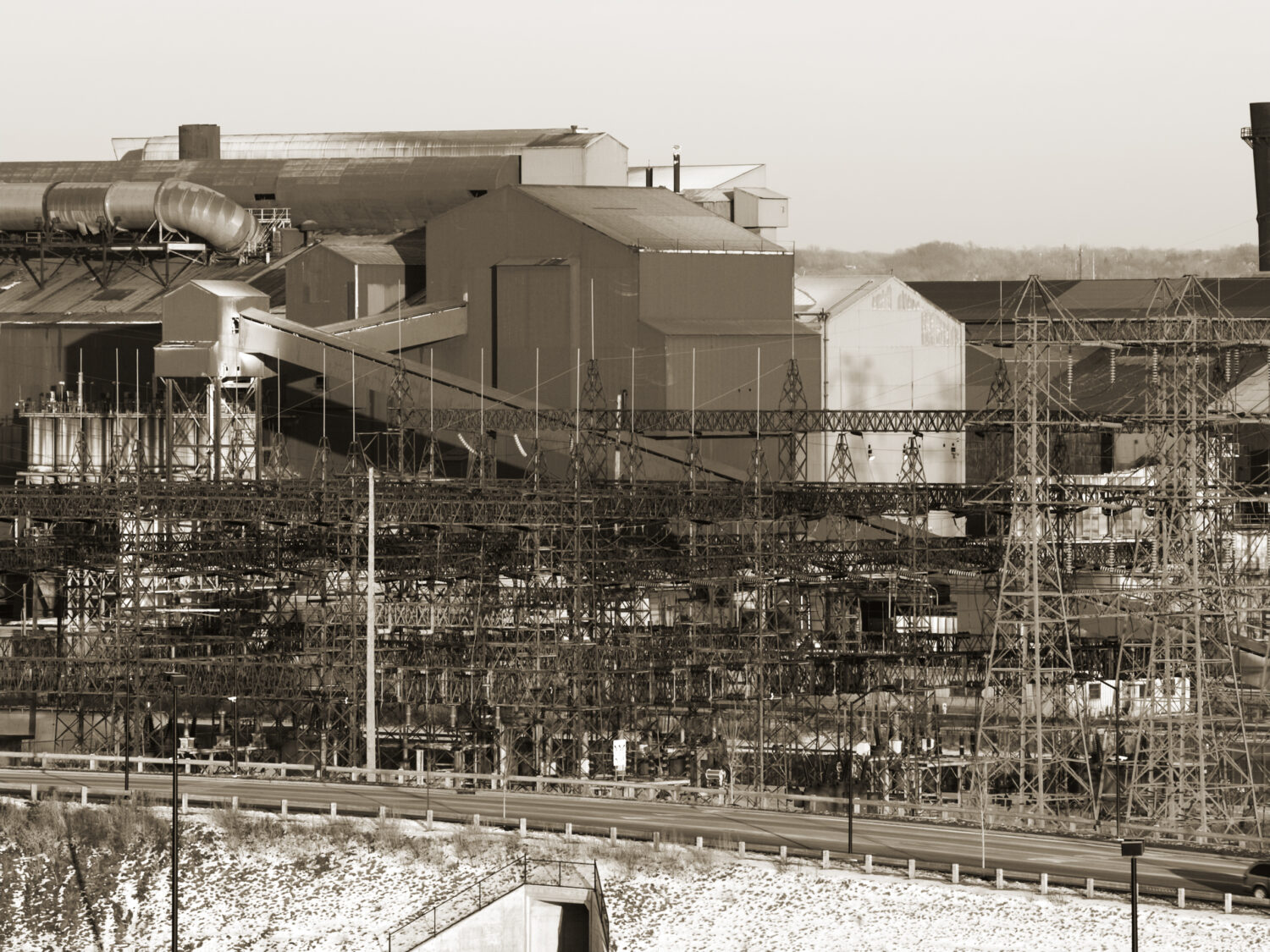
©Kenneth Sponsler/Shutterstock.com
The post-war industrialization led to exponential growth of Ohio’s economy. The state specialized in iron and steel production, which were heavily relied on for expanding the railroad system. Iron production dominated Cleveland’s economy and all areas within its vicinity, leading to a peak population of nearly 915,000 in 1950. Today, the city’s population is around 372,000.
7. Pennsylvania
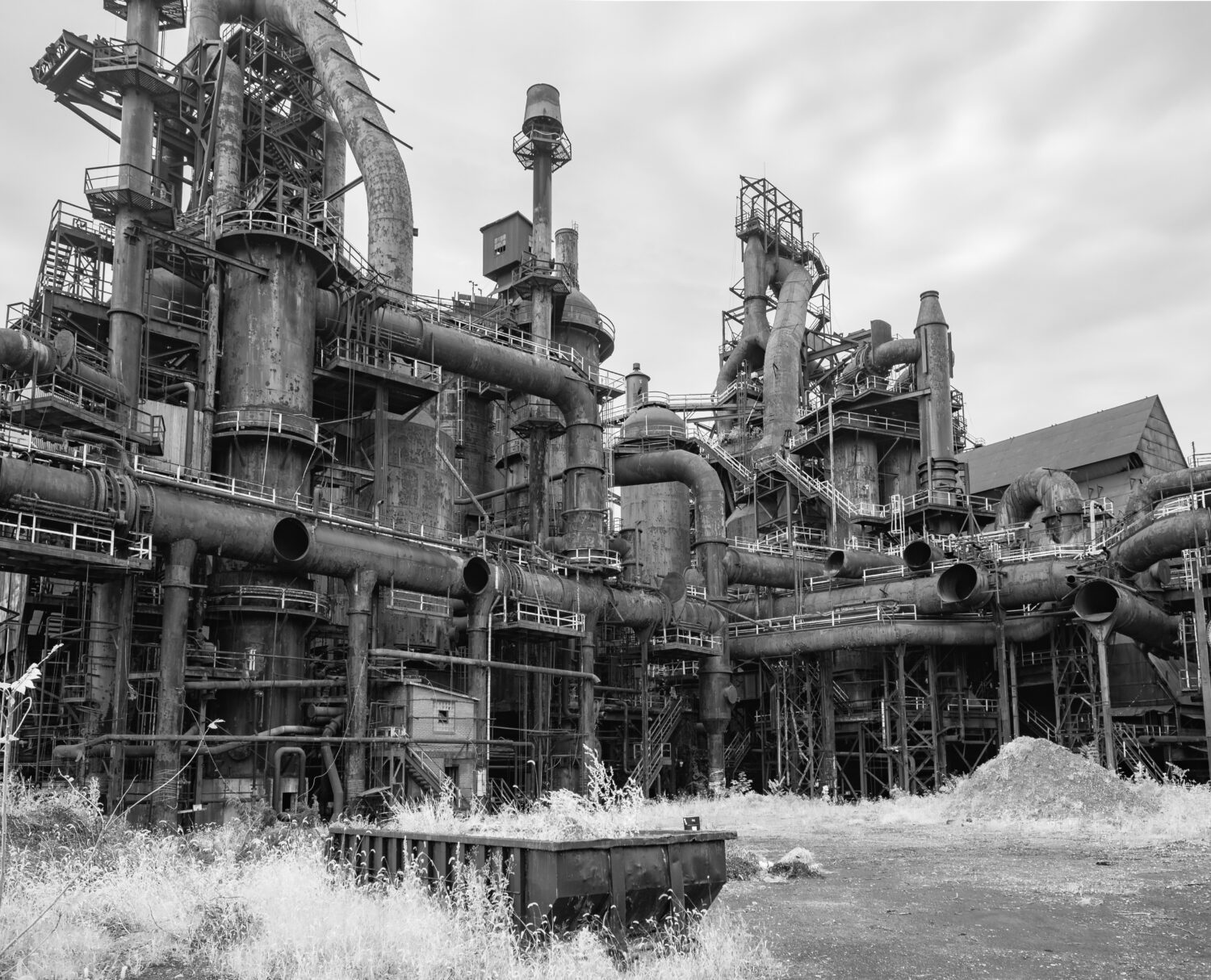
©gary718/Shutterstock.com
The state began its iron production in 1716 and eventually became the epicenter for coal during the Industrial Revolution. Pennsylvania’s economy exploded in the 1800s, driven by mining, petroleum, steel, iron, railroads, and manufacturing. Pittsburgh was one of the most pivotal cities of the American Rust Belt and was at the center of the steel industry. The city had a population of nearly 677,000 in 1950, but today it stands at around 303,000.
8. West Virginia
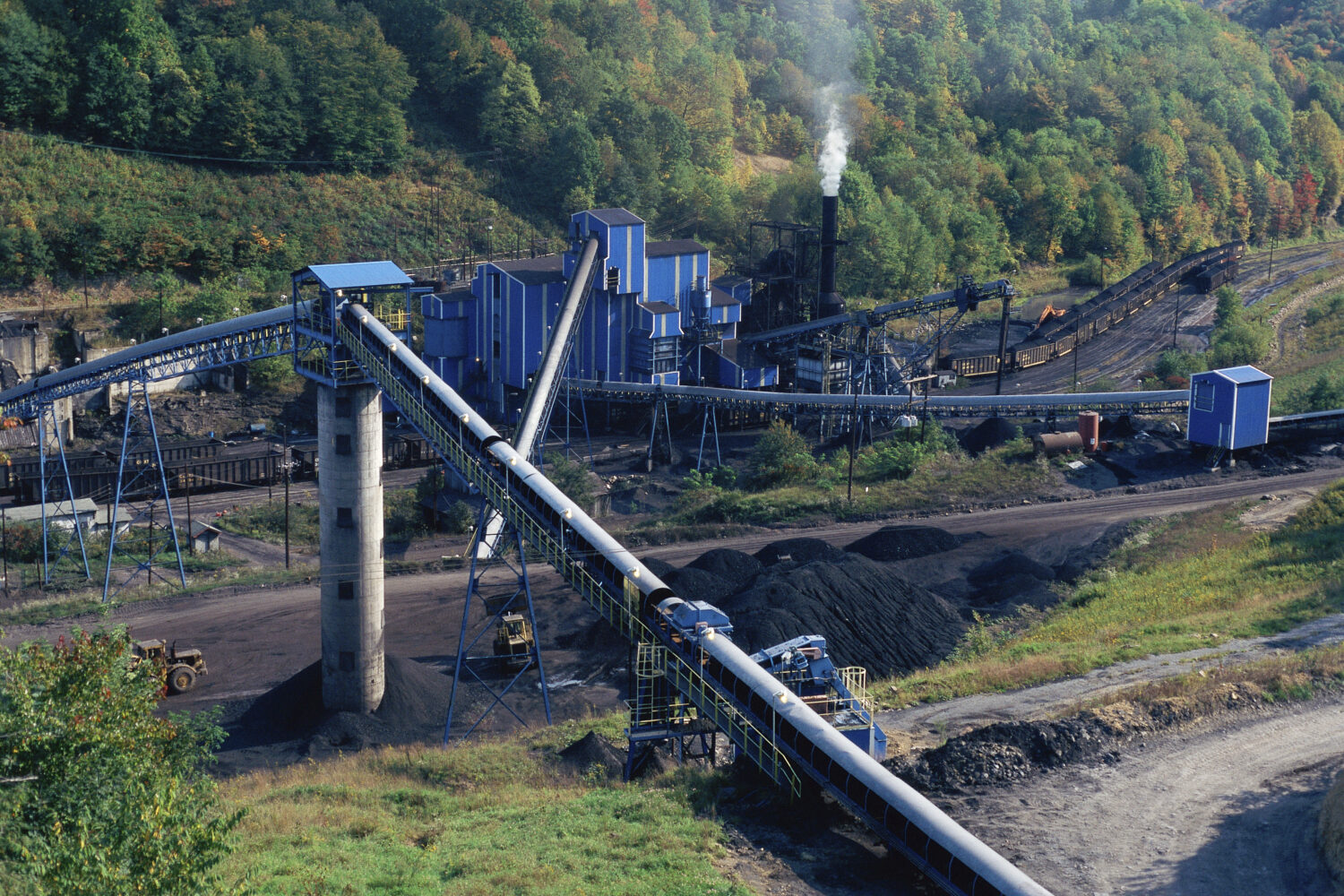
©Joseph Sohm/Shutterstock.com
The labor movement in didn’t develop until after the Civil War, attracting thousands of immigrants. While mining and manufacturing were abundant during this time, manufacturing jobs evaporated due to automation, and jobs have declined for decades. Despite its decline in these industries, West Virginia remains the heart of coal country.
9. Wisconsin
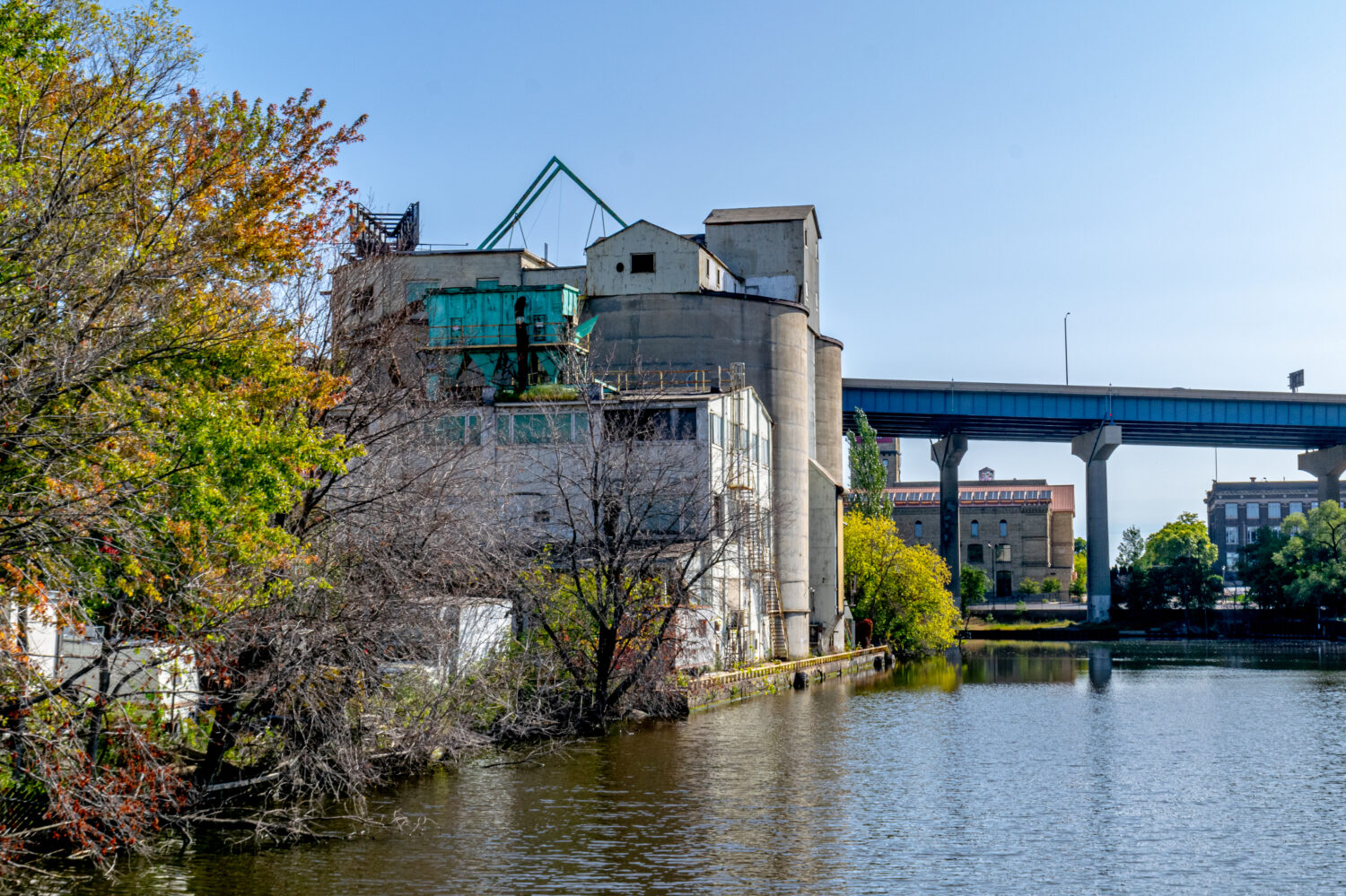
©Robb Shaffer/Shutterstock.com
Beginning around 1880, Milwaukee’s economy was built around factory jobs. However, around the decline of the American industry, residents of the city experienced unemployment, wealth inequality, food insecurity, and poverty. Milwaukee’s inner city was especially affected by deindustrialization. In 1967, the city had nearly 120,000 manufacturing jobs, but just 15 years later, there would only be a little more than 70,000.
A Recap of the 9 States Considered to be in the Rust Belt
| Number | States in the Rust Belt |
|---|---|
| #1 | Illinois |
| #2 | Indiana |
| #3 | Michigan |
| #4 | Missouri |
| #5 | New York |
| #6 | Ohio |
| #7 | Pennsylvania |
| #8 | West Virginia |
| #9 | Wisconsin |



